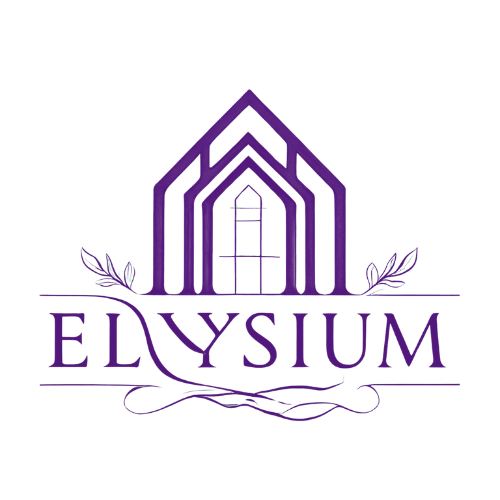Hospitality is Back: How Hotels Are Bouncing Back in Lifestyle and Extended Stay
After years of volatility, the hospitality sector is no longer just recovering—it’s evolving. Traditional hotel performance is stabilizing, but the real investor momentum is forming around extended stay and lifestyle/boutique assets. These niches, bolstered by changing travel patterns, hybrid work, and shifting consumer preferences, are outperforming across key performance metrics—even in a rising rate environment.
Behind the scenes, creative capital stacks and strategic repositioning are playing a crucial role in making these deals pencil, drawing institutional interest back into a sector once considered high risk.
Travel is Back—but Not as We Knew It
Leisure and business travel have returned, but guest behavior has changed. Stays are longer, flexibility is key, and cookie-cutter rooms aren’t enough. Travelers are seeking experience-driven properties, from wellness-focused resorts to hyper-local boutique hotels. At the same time, extended stay formats are winning over both short-term and corporate guests with cost efficiency and home-like amenities.
As Stomp Capital notes, hospitality today is “part real estate, part brand, and part experience.” This shift means that operators who invest in design, personalization, and mixed-use integration are commanding higher margins—and longer bookings.
Extended Stay and Lifestyle Hotels Lead the Pack
Extended stay hotels are proving to be one of the most recession-resistant hospitality formats. With average length-of-stay often 5+ nights and leaner operating costs, these assets are more predictable and profitable than traditional hotels—especially during economic uncertainty. According to Revfine, investors are increasingly favoring brands like Hilton’s Home2 Suites or Marriott’s TownePlace Suites, where long-term demand and low turnover drive steady cash flow.
Lifestyle hotels—often boutique or soft-branded—offer a different kind of upside. These properties tend to outperform in urban infill and leisure destinations, where travelers value uniqueness over uniformity. They're also ideal for repositioning plays, giving developers a platform to add value through branding, design, and curated experiences.
Creative Capital Structures Are Making Deals Work
As interest rates and construction costs remain elevated, smart capital structuring is critical. Today’s successful hospitality projects often involve blended capital stacks—senior debt, preferred equity, mezzanine tranches, and GP co-investment—tailored to align with market risk and asset complexity.
As Caliber Companies explains, hospitality is one of the few sectors where investors can still “buy below replacement cost, implement a brand upgrade, and drive substantial NOI growth.” But those returns depend on creative financing, local execution, and the right operator-developer partnerships.
Looking to raise capital for a hotel repositioning or extended stay development? At Estates of Elysium, we help operators and developers access institutional and private capital for hospitality projects with upside—whether you're rebranding a boutique asset, acquiring below replacement cost, or building ground-up in a high-demand market. Let’s structure a capital stack that drives long-term performance. Visit www.estatesofelysium.com to get started.

